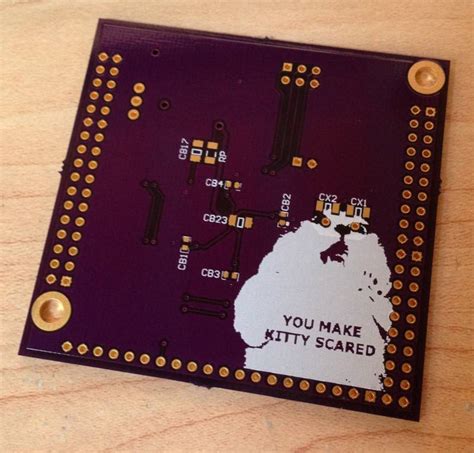
ALL ABOUT FLEX PCB
-
What Is Silkscreen On a PCB
Posted by
–
 Read more: What Is Silkscreen On a PCB
Read more: What Is Silkscreen On a PCBIntroduction to Silkscreen PCB Printed Circuit Boards (PCBs) are essential components in modern electronics. They provide a platform for mounting and interconnecting electronic components to create functional circuits. One crucial aspect of
-
Start-stop Circuits: Everything You Need To Know
Posted by
–
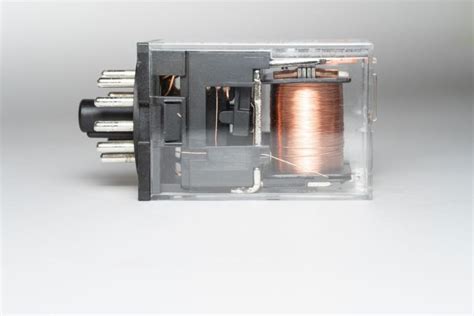 Read more: Start-stop Circuits: Everything You Need To Know
Read more: Start-stop Circuits: Everything You Need To KnowIntroduction to Start-stop Circuits Start-stop circuits are an essential component in various electrical and electronic systems. They are designed to control the operation of devices by allowing them to be started and stopped as needed. These circuits find applications in a wide range of fields, including industrial automation, motor control, […]
-
Electronic Timer Circuit – A Comprehensive Guide
Posted by
–
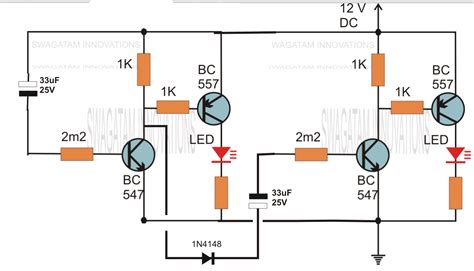 Read more: Electronic Timer Circuit – A Comprehensive Guide
Read more: Electronic Timer Circuit – A Comprehensive GuideWhat is a Timer Circuit? A timer circuit is an electronic circuit that generates a specific time delay or controls the duration of an event. It consists of a timing element, such as a resistor-capacitor (RC) network or a crystal oscillator, and a control element, such as a comparator or […]
-
Timer Switch Circuit: The Ultimate Guide
Posted by
–
 Read more: Timer Switch Circuit: The Ultimate Guide
Read more: Timer Switch Circuit: The Ultimate GuideWhat is a Timer Switch? A timer switch is a device that enables the automatic control of an electrical circuit based on a predetermined time interval. It allows you to turn a circuit on or off after a specific duration, making it an invaluable tool in various scenarios where precise […]
-
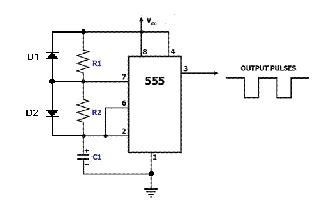 Read more: IC 555 PWM Generator- A Look Into Pulse Width Modulation Circuits
Read more: IC 555 PWM Generator- A Look Into Pulse Width Modulation CircuitsIntroduction to the 555 Timer IC and PWM The 555 timer is one of the most popular and versatile integrated circuits (ICs) of all time. Developed in 1970 by Hans Camenzind at Signetics, the 555 timer can be used to create a variety of timing and pulse generation circuits. One […]
-
Coral USB Accelerator: A USB Accessory For Machine Learning Inferencing in Existing Systems
Posted by
–
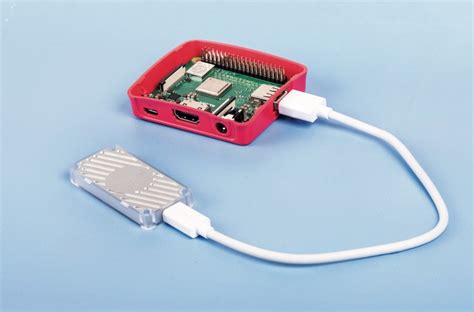 Read more: Coral USB Accelerator: A USB Accessory For Machine Learning Inferencing in Existing Systems
Read more: Coral USB Accelerator: A USB Accessory For Machine Learning Inferencing in Existing SystemsIntroduction to the Coral USB Accelerator The Coral USB Accelerator is a powerful and compact USB accessory designed to enhance machine learning inferencing capabilities in existing systems. Developed by Google, this device harnesses the power of the Edge TPU (Tensor Processing Unit) coprocessor to accelerate AI workloads, enabling faster and […]
-
Jetson TX2: High Performance At The Edge
Posted by
–
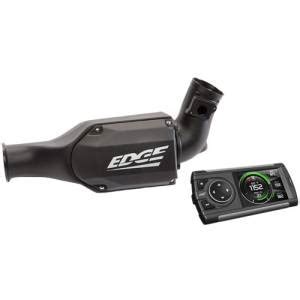 Read more: Jetson TX2: High Performance At The Edge
Read more: Jetson TX2: High Performance At The EdgeIntroduction: Unleashing the Power of Edge Computing In the rapidly evolving landscape of technology, edge computing has emerged as a game-changer, revolutionizing the way data is processed and analyzed. At the forefront of this revolution stands the Jetson TX2, a powerful embedded computing platform developed by NVIDIA. With its impressive […]
-
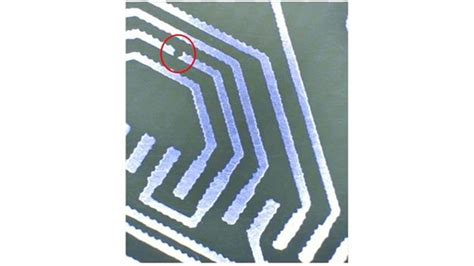 Read more: 10 Reasons For PCB Manufacturing Defects And How To Eliminate Them
Read more: 10 Reasons For PCB Manufacturing Defects And How To Eliminate Them1. Inadequate Design and Documentation Causes of Design and Documentation Issues One of the primary reasons for PCB Manufacturing Defects is inadequate design and documentation. Poor design practices, incomplete specifications, and unclear documentation can lead to misinterpretation and errors during the manufacturing process. Common design and documentation issues include: Incorrect […]
-
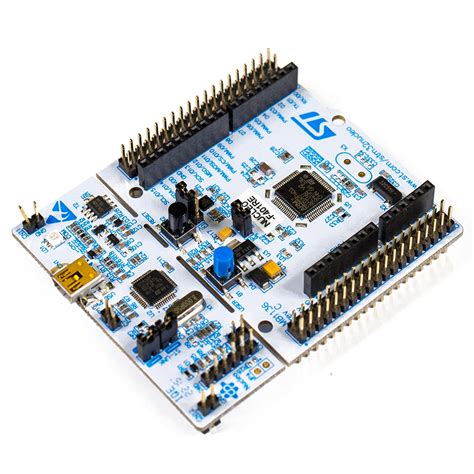 Read more: STM32 Nucleo: The Features and How To Connect It to Your PC
Read more: STM32 Nucleo: The Features and How To Connect It to Your PCIntroduction to STM32 Nucleo The STM32 Nucleo boards are a series of affordable and flexible development boards designed by STMicroelectronics. They provide an easy way for developers to get started with ARM Cortex-M microcontrollers and create prototypes or proofs of concept quickly. The Nucleo boards come in various configurations, each […]
-
Arduino Mega2560 barebones but Cute and Sexy
Posted by
–
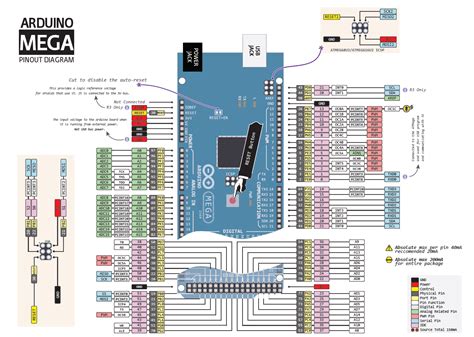 Read more: Arduino Mega2560 barebones but Cute and Sexy
Read more: Arduino Mega2560 barebones but Cute and SexyIntroduction to the Arduino Mega2560 The Arduino Mega2560 is a powerful and versatile microcontroller board that has captured the hearts of makers, hobbyists, and professionals alike. With its sleek design and impressive capabilities, this board is not only functional but also undeniably cute and sexy. In this article, we will […]




